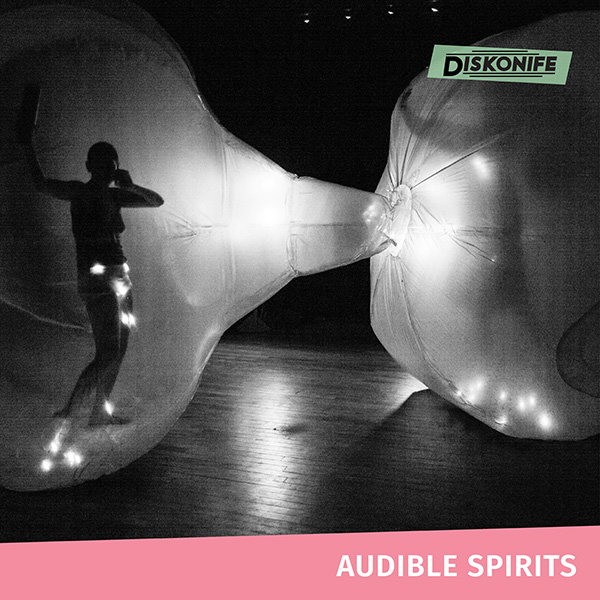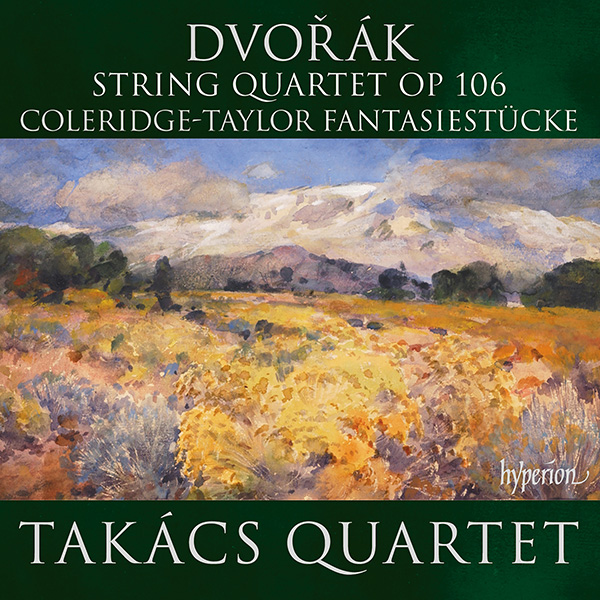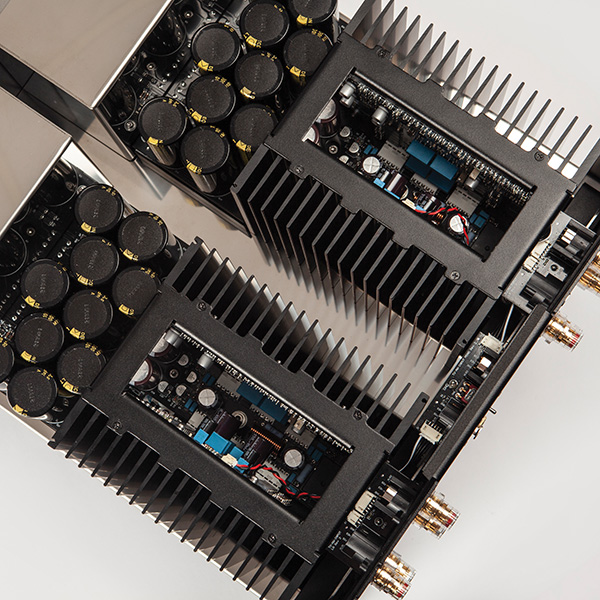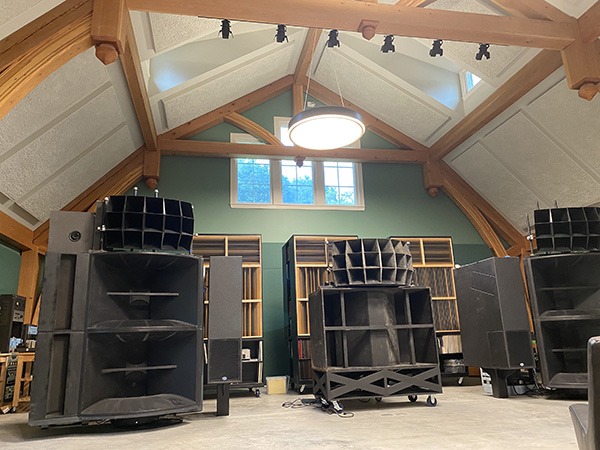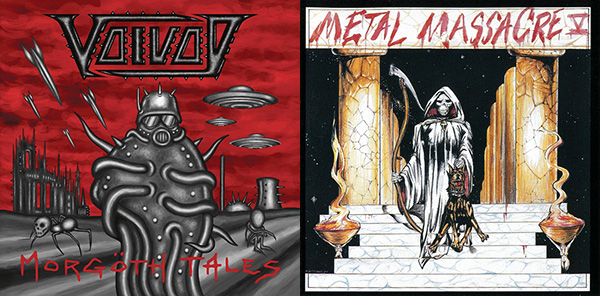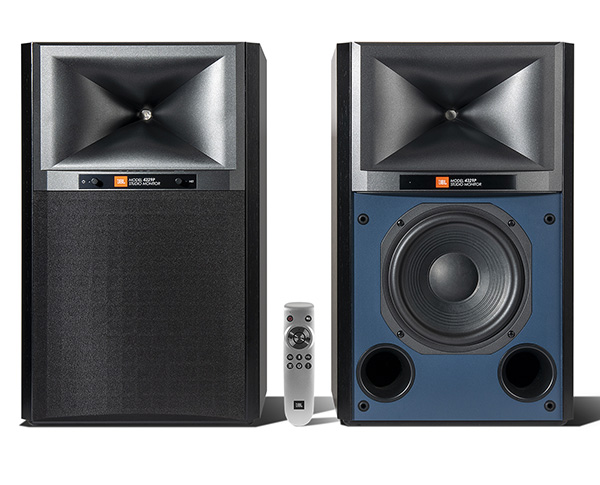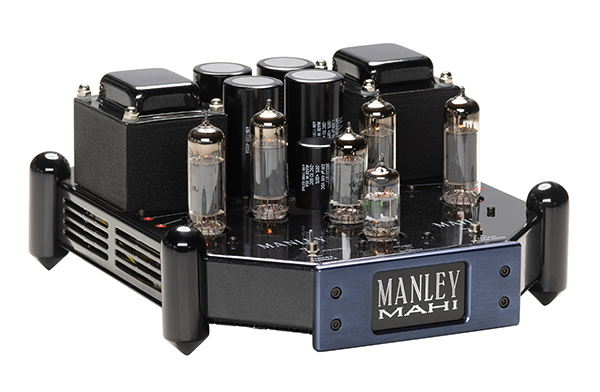LATEST ADDITIONS
October 2023 Classical Record Reviews
October 2023 Rock/Pop Record Reviews
Electrocompaniet AW 800 M stereo/monoblock power amplifier
Exhausted, I walked back into town and descended stairs into a conveniently located corner restaurant. I had to eat fast because my train back was departing soon. Looking for something quick, I ordered miso soup and eel over rice. Imagine my surprise when I found myself gazing into the most wondrous bowl of soup I'd ever seen. Floating on top of its clear, brown broth were various vegetables and herbs, each perfectly positioned in relationship to the other, as in a handcrafted textile. I felt as though I'd been granted private access to a great work of art.
What does this have to do with the Electrocompaniet AW 800 M Reference power amplifier ($22,500/each) that is the subject of this review? You'll have to read on to find out.
Gramophone Dreams #77: Laissez-faire Listening & the Thöress EHT MKII integrated amplifier
Last weekend, I visited an old friend who lives near Walden Pond of Henry Thoreau fame. I hadn't visited him since before the pandemic. He had just finished adding a wing to his house that included a dedicated hi-fi listening room the size and shape of a small church. Below a cathedral ceiling, the sweet spot featured seating for no fewer than 30 guests. Besides serving as his main listening roomhe has another one that's smallerit serves as a large residential parlor with a baby grand piano for use in chamber music performances, which feature prominently in his and his wife's social calendar.
It was a high-SPL thrill to experience his towering, field-coiled RCA theater horns powered by RCA 845 amplifiers.
Rabbit Holes #7: Quebec's Voïvod remakes its own best songs
Audio-GD Vacuum HE1 XLR line preamplifier
I like this goodwill greeting because it sets a mindful tone. I presume that sentiment was issued by one Mr. He Qinghua, because farther down the page, it states, "All Audio-GD's products are designed and developed under the leadership of Mr. He Qinghua." When I began my auditions, I took this salutation as an advisement, making it my plan to study Audio-GD's Vacuum HE1 XLR line-level preamp with as much wisdom as I could muster and the enthusiasm of high expectations.
JBL 4329P active loudspeaker
I keep a foot on both paths, hoping they don't diverge so much that they split me in two. I've got a substantial collection of physical discs, black and silver, and I play them often. But I love the convenience of my network-attached storage (NAS) appliance, Qobuz, even lossy Spotify, especially when I want my world filled with music for hours with no thought or action on my part.
Brilliant Corners #7: Dual-Mono Manley Mahi Amplifiers
(Re)imagining a Brahms piano quintet—without piano
Cellist Terry King, a protégé of the great Gregor Piatigorsky and the first American-born teacher to teach a Tchaikovsky Competition Gold Medal winner, long wondered what the original quintet sounded like. He sent me this quote, from Clara Schumann, from just after she read Brahms's original score, playing all the parts on her piano. "What a world of strength and richness there is in the first movement, how the first theme takes hold of one at once," Schumann wrote. "How beautifully it is scored for the instruments! I can see them bowing. Dreamy at times and then the accelerando and [the] wild, passionate endingit has taken hold of me. And how rapturously the Adagio sings one long melody from start to finish! I play it over and over again and never wish to stop."
King decided that he would recreate the original version of the Brahms quintet.

